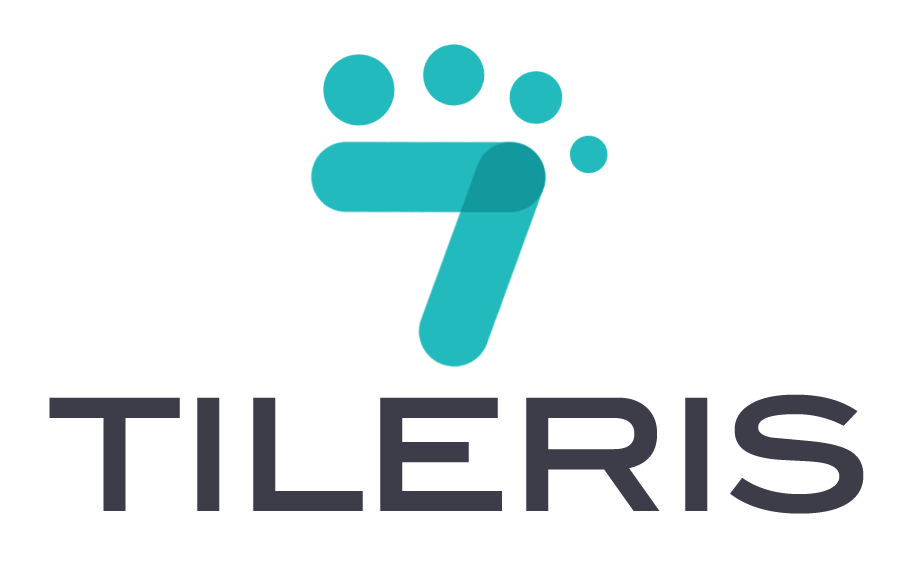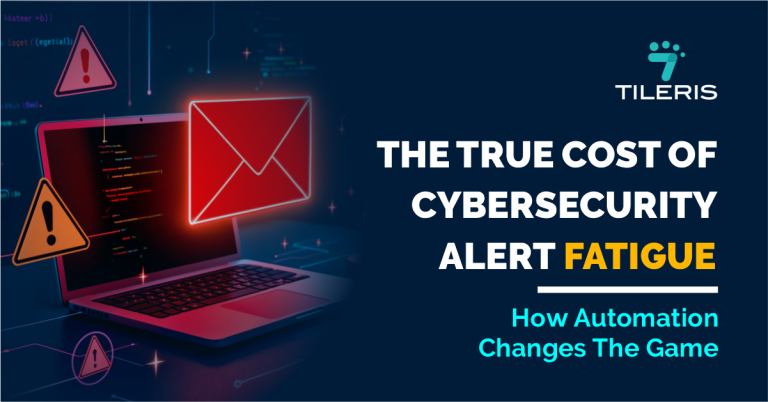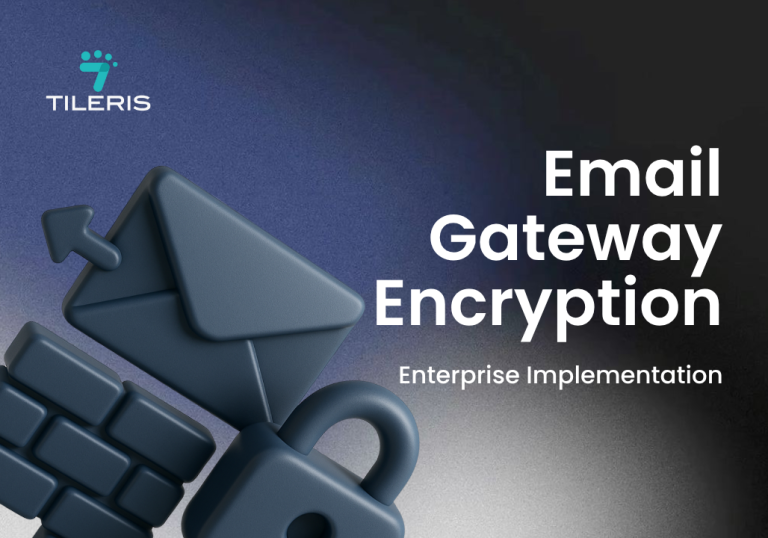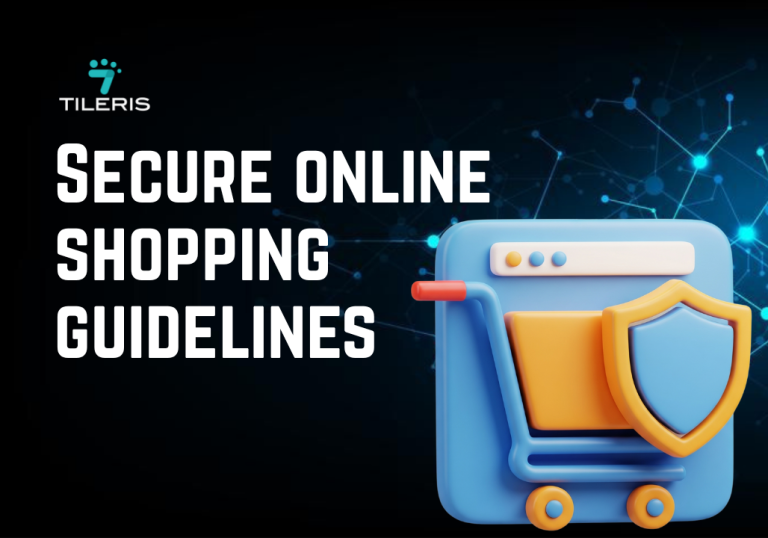Cybersecurity Tools That Are Actually Free (And How To Use Them)
Introduction
Imagine securing your digital world without spending a fortune. It might sound too good to be true, especially when you hear about hefty price tags on enterprise-grade security solutions. The truth is, many powerful cybersecurity tools, often developed by passionate groups of people and security experts, are available for absolutely no cost. These aren’t stripped-down trial versions or flimsy apps; many are professional-grade, open source cybersecurity solutions that can stand toe-to-toe with their commercial counterparts.
You might be skeptical, thinking “free” means “unreliable” or “limited.” But in the cybersecurity world, open source security often means transparency, community-driven improvements, and robust capabilities. This article will cut through the noise, showing you some of the best free cybersecurity tools available today and giving you a plain-language guide on how to actually put them to use. Whether you’re a small business owner, a budding security enthusiast, or just someone looking to bolster your home network defenses, these free security tools can make a real difference.
Network Security & Monitoring: Seeing What’s Happening
Understanding what’s flowing through your network is the first step to securing it. These free cybersecurity tools act like your digital eyes and ears, helping you observe and analyze network activity.
Wireshark (Network Analyzer)
Think of Wireshark as a super-powerful microscope for your network traffic. Every bit of data that moves in and out of your computer, phone, or router is broken down into tiny “packets.” Wireshark captures these packets and lets you inspect them in incredible detail. Learning how to use Wireshark allows you to see exactly which devices are communicating, what kind of data they are exchanging, and whether anything looks suspicious. It’s invaluable for troubleshooting network problems, understanding application behavior, or investigating potential security incidents by looking for unusual data patterns.
Nmap (Security Scanner)
Nmap, short for “Network Mapper,” is like a digital sonar for your network. It helps you discover what devices are connected, what services they are running, and even what operating system they might be using. For example, you can use Nmap to scan your home network to find every device connected, including smart TVs, gaming consoles, or forgotten old laptops. Learning how to use Nmap gives you a comprehensive map of your digital landscape, helping you identify unauthorized devices or unexpected open doors that could be exploited. It’s one of those essential free cybersecurity tools you need to understand your network’s perimeter and internal layout.
pfSense (Firewall)
A firewall is your network’s first line of defense, deciding what traffic gets in and out. While many home routers have basic firewalls, pfSense is an open source firewall solution that transforms an old computer into a powerful, professional-grade security appliance. It offers advanced features you’d usually find in expensive commercial firewalls, including routing, VPN capabilities, and intrusion prevention. Knowing how to use pfSense effectively provides robust protection for your entire network, giving you granular control over who and what can access your internal systems, making it one of the most powerful free security tools for network defense.
Vulnerability Assessment: Finding Weak Spots Before Attackers Do
Even the most robust systems can have hidden weaknesses. These free cybersecurity tools help you proactively scan for and identify vulnerabilities in your systems, websites, and applications.
OpenVAS (Vulnerability Scanner)
OpenVAS is like a digital security check-up for your network and devices. It scans your systems for known vulnerabilities, such as outdated software, missing security patches, or misconfigurations that could be exploited by attackers. When learning how to use OpenVAS, you can set it to scan specific computers or your entire network, and it will generate detailed reports outlining any weaknesses it finds, along with recommendations on how to fix them. This proactive approach helps you address potential security holes before they become big problems.
Nessus Home (Limited Free Version)
Nessus is a widely respected commercial vulnerability scanner, but it also offers a free “Home” version (now called Nessus Essentials) that’s perfect for personal use or very small environments. While it has limitations compared to its paid counterpart, it’s still incredibly effective at identifying common vulnerabilities across a range of devices. Learning how to use Nessus Home can give you insight into the security posture of your personal devices and home network, helping you uncover weaknesses in your operating systems, applications, and network devices.
OWASP ZAP (Web Application Testing)
For anyone running a website or web application, OWASP ZAP, short for Zed Attack Proxy, is an indispensable open source security ool. It’s designed specifically to find security flaws in web applications. Imagine it as a diligent detective that tries to poke and prod your website in every possible way to find common vulnerabilities like SQL injection, cross-site scripting, and broken authentication. Understanding how to use OWASP ZAP allows you to test your website’s security before malicious actors do, helping you fix vulnerabilities that could lead to data breaches or website defacement. It’s a core component of any web application’s security toolkit.
Incident Response & Forensics: Digital Detective Work
When a security incident occurs, quick and effective response is crucial. These free cybersecurity tools equip you to act like a digital forensic investigator, helping you uncover clues.
Volatility (Memory Analysis)
Volatility is a powerful framework used for memory forensics, meaning it helps you analyze the volatile data that lives in a computer’s RAM (Random Access Memory). When a computer is compromised, attackers often leave traces in memory that might not be found on the hard drive. Learning how to use Volatility allows you to extract running processes, network connections, loaded modules, and even hidden malware from a memory dump. It’s like having a snapshot of the computer’s brain at the moment of compromise, providing invaluable clues for understanding an attack and recovering from it.
Autopsy (Digital Forensics)
Autopsy is a comprehensive graphical interface for The Sleuth Kit, a collection of command line digital forensics tools. It’s like a digital crime scene investigation workstation, allowing you to analyze hard drives, USB drives, and other digital media to recover deleted files, find hidden data, and reconstruct events. Knowing how to use Autopsy helps you examine the timeline of activities on a system, search for specific keywords, and identify suspicious files or user actions. It’s widely used by law enforcement and corporate investigators to piece together digital evidence after an incident.
YARA (Malware Identification)
YARA is a tool for identifying and classifying malware by creating patterns or “rules.” Think of it as a sophisticated pattern-matching engine for identifying digital threats. Security researchers create YARA rules based on unique characteristics of malware, such as specific text strings, byte sequences, or cryptographic hashes found within malicious files. When you learn how to use YARA, you can scan files, processes, or even entire hard drives using these rules to quickly identify whether known malware is present. It’s a crucial tool for malware analysis and threat intelligence, helping to spot new or modified versions of known threats.
Getting Started: Maximizing the Power of Free Tools
The beauty of these free cybersecurity tools is their accessibility. You don’t need a massive budget or specialized hardware to begin. Many of these tools are available for various operating systems, including Windows, macOS, and Linux.
For installation, a common approach for testing and learning is to set up virtual machines (using free software like VirtualBox or VMware Workstation Player). This creates a safe, isolated environment where you can experiment without affecting your main computer. Always consult the official documentation for each tool, as they often provide detailed step-by-step guides for installation and basic usage.
Learning how to use these free cybersecurity tools effectively is an ongoing journey. The internet is brimming with free learning resources: YouTube tutorials, community forums, and dedicated security blogs offer practical guides. Many of these open source security projects also have active communities where you can ask questions and get support from experienced users. Platforms like Cybrary, for example, offer free courses and labs that can help you get hands-on experience with many of these tools. Don’t be afraid to start small, experiment, and learn as you go.
Conclusion
In a world where digital threats are constant, having robust cybersecurity measures is no longer optional. The good news is that you don’t need an endless budget to achieve significant security. The array of free cybersecurity tools available today provides powerful capabilities for network monitoring, vulnerability assessment, incident response, endpoint protection, and password management. By strategically choosing and learning how to use these free cybersecurity tools, you can build a formidable security toolkit for your home, small business, or personal projects.
Ready to upgrade your cybersecurity solutions? Tileris offers expert services for businesses and organizations willing to take their digital protection to another level. Request your free demo today. Visit us!







